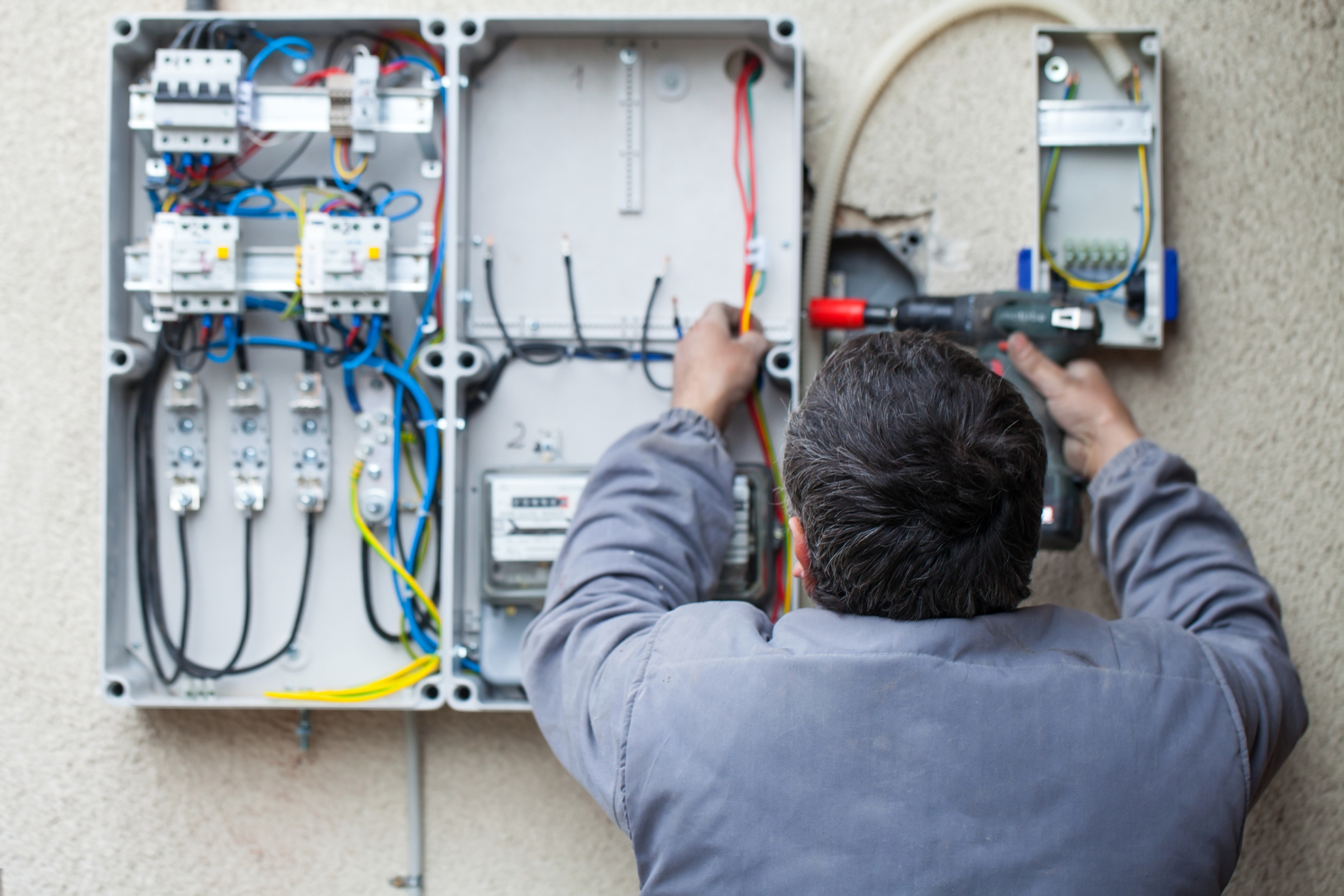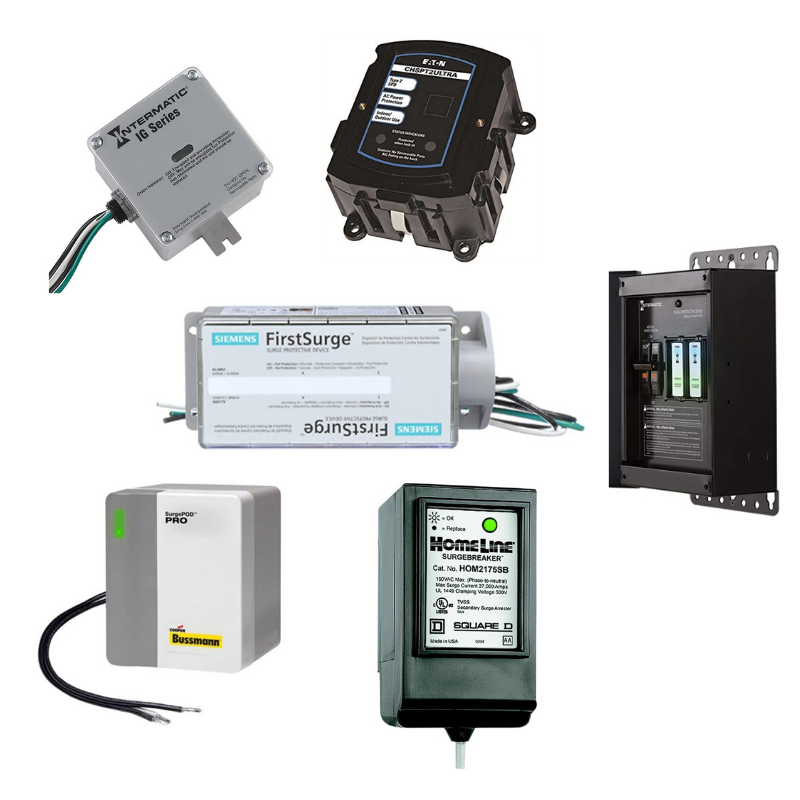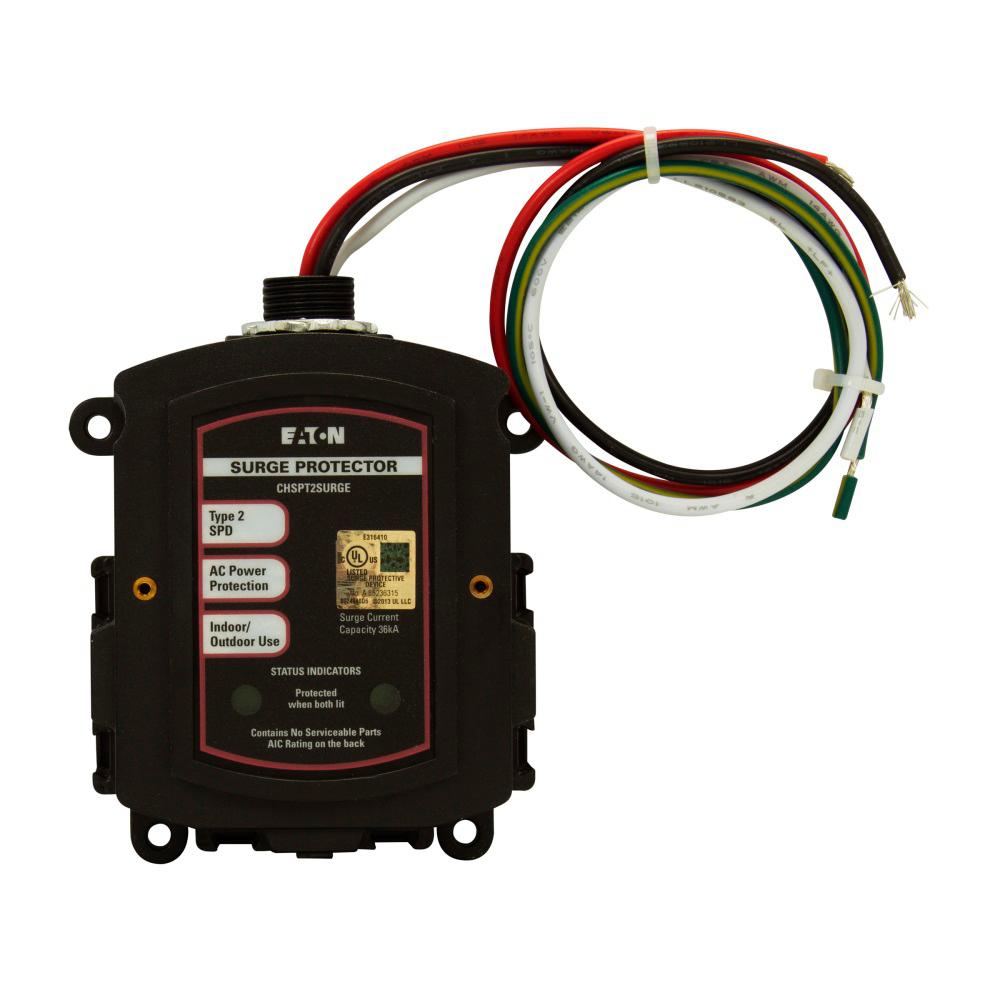Table Of Content
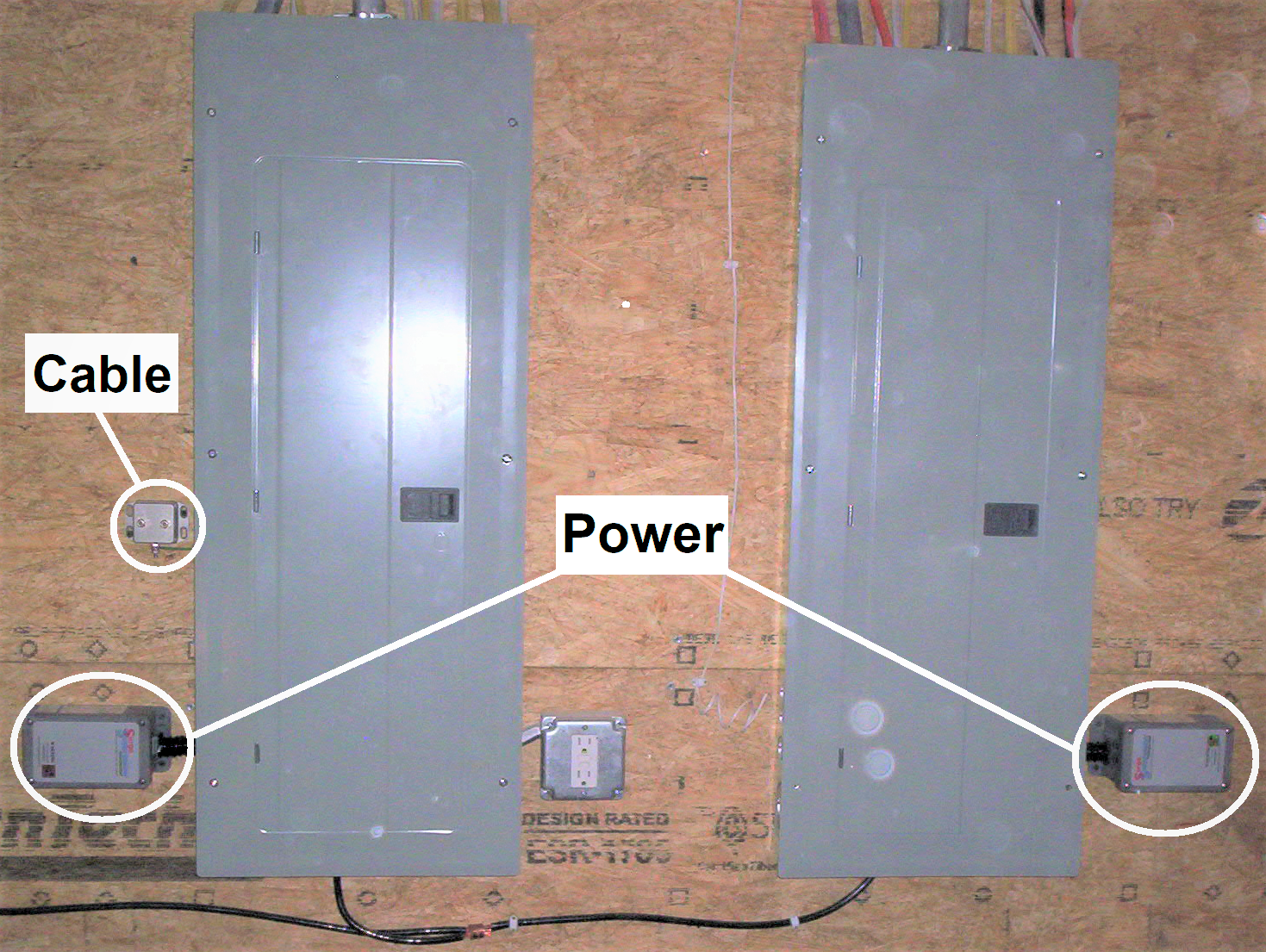
Our goal is to arrive at scheduled appointments on time so that you can feel confident and relaxed. We build long-term relationships with our clients by putting their needs first. If you’re experiencing an electric problem, don’t hesitate to contact our electricians, who are just a call away. The device can also work well in the small scale commercial buildings.
Q. Why should I install a surge protector?
What about your dishwasher, fridge, chest freezer air conditioner, washer/dryer, treadmills or that expensive espresso machine or blender you spent a few paycheques on? A single smalls urge might not be enough to kill your device this time, but over time even a minor surge can reduce it’s life span as many of them have low voltage components that need protection. Your house has a large electrical system, and one little install can protect your whole house without leaving any room for error. When the voltage exceeds a safe level, the surge protector automatically diverts the excess voltage to the ground, protecting all the electrical devices in the house from damage. Whole home surge protectors are highly recommended as they provide a cost-effective way to keep all household appliances protected from power surges.
Whole House Surge Protectors: How Effective Are They?
From easy installation to affordable pricing, we’ve taken an in-depth look at the features, benefits, and drawbacks of each product to help you make an informed decision. So, without further ado, let’s dive into our buying guide and find the best whole home surge protector for your home. Electrical power surges can cause overheating, sparks, or even fires when they reach faulty wiring, outdated outlets, or damaged circuits. A surge protector will prevent the surge from reaching any of these potential problem areas and reduce the risk of an electrical fire in the home. Installing a new surge protector in an outdated, faulty electrical panel doesn’t make a lot of sense.
Illinois ranks #7 in country for lightning claims, study says - WIFR
Illinois ranks #7 in country for lightning claims, study says.
Posted: Thu, 08 Sep 2022 07:00:00 GMT [source]
Certifications and Ratings
Experts offer tips to protect people and their property from lightning strikes - WCBD News 2
Experts offer tips to protect people and their property from lightning strikes.
Posted: Thu, 06 Jul 2023 07:00:00 GMT [source]
Circuit protectors are your first line of defense against power surges. We review the pros and cons of each whole house surge protector, its surge current rating, and whether it’s rated for Type 1, Type 2, or Type 3 use. When you plug certain electronic devices directly into a wall outlet, they never really turn off, but rather enter standby mode and continue to drain energy (nicknamed a “phantom drain”).
Eaton CHSPT2ULTRA Ultimate Surge Protection Review
Features to look for include thermal fuses, and lights or alarms that indicate when a device has taken a hit. Normally they just sit there, allowing electric current to flow through them. But with higher-than-normal voltage, the devices instantly divert excess voltage to the ground wire.
The 20 Best Lawn Care Products for a Lush and Healthy Lawn
A unique facet of this device is that it uses replaceable modules. Virtually every other whole-house surge protector has to be replaced in its entirety after one or more surge incidents, depending on severity. Instead, the Intermatic allows for replacing individual modules, which can be done by simply disconnecting the device.
Type 3: Device-Specific Surges
Whole home surge protectors work by preventing electrical surges from entering the home’s electrical system in the first place. They can be installed at the main electrical panel and can protect all the electrical devices and appliances connected to the home’s wiring. By reducing the risk of electrical surges, whole home surge protectors help prevent costly and dangerous damage to a home’s electrical infrastructure. It’s a smart investment for any homeowner who wants to protect their home and family from the risks of electrical surges. Whole-home surge protectors are an affordable way to protect all electronic devices within a home by providing a safety net that covers the entire property. These surge protectors can also reduce the risk of electrical fires in the home.
Additional Outlet Installation
A whole-house surge protector should be installed only by a qualified electrician. These surge protectors are installed on the electrical panel and therefore affect all of the incoming power to the house. If the surge protector is installed incorrectly, there could be a ripple effect of issues with the electricity throughout the home. Additionally, electricity is dangerous and can cause shocks or even electrical fires, so only trained professionals should work with it. Labor will likely make up more than half of the cost of a whole-house surge protector. The installation requires a qualified electrician, who will typically charge $50 to $100 per hour in addition to material costs and travel fees.
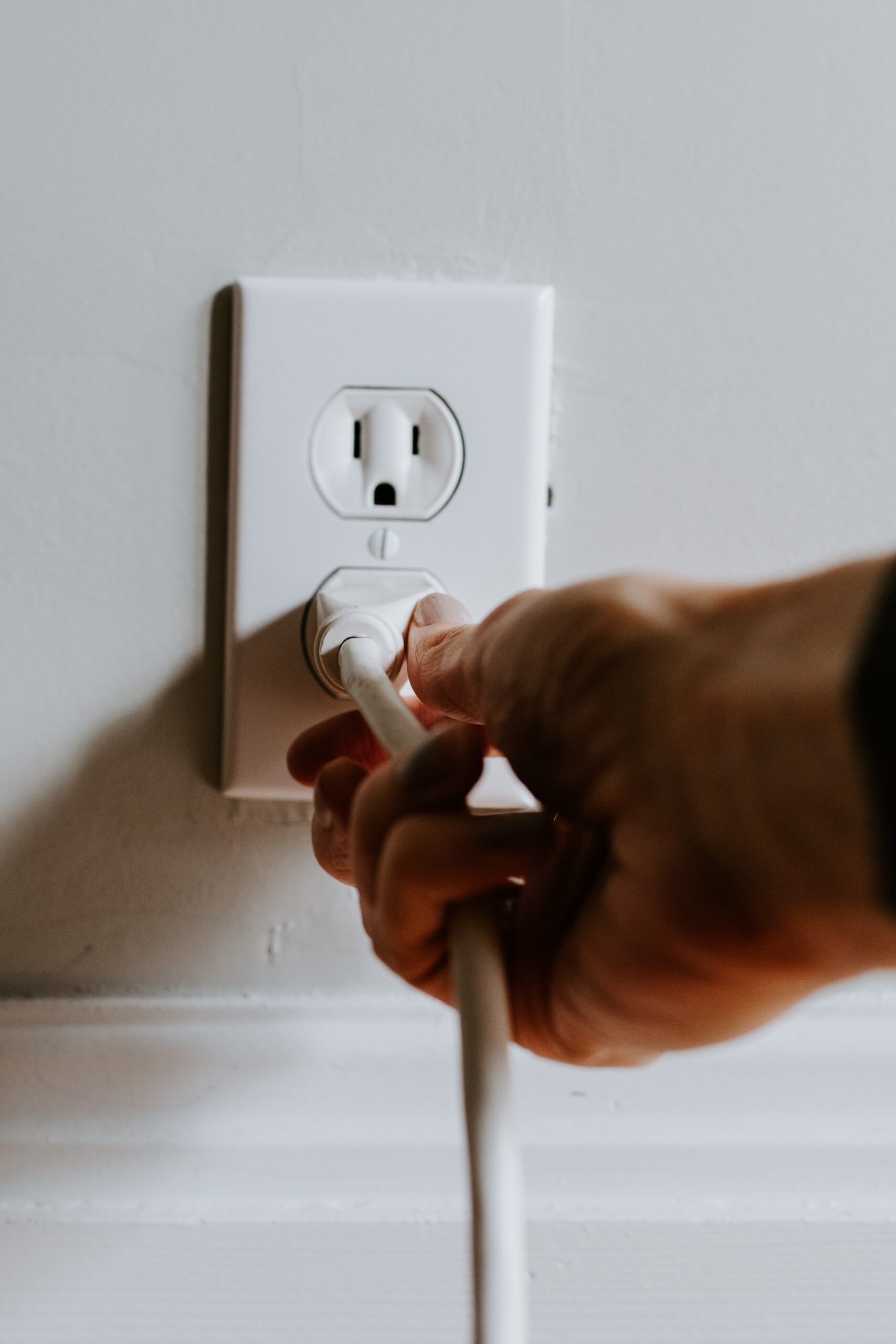
After thorough research and analysis, we have identified the top 7 best whole home surge protectors that are worth the investment. The main keyword “best whole home surge protectors” played a crucial role in our research and reviews. We highly recommend homeowners to consider one of these devices to protect against power surges, voltage spikes, and electrical disturbances that could damage their electronics and appliances. With the increasing use of technology in our daily lives, investing in a top-quality whole home surge protector is a smart move that you will not regret. A whole home surge protector is necessary to protect all the electrical appliances and systems in your house from damage caused by power surge. Power surge can occur due to lightning strikes, power outages, and many other reasons.
The FS140 is their premium model, offering the highest protection on our list at 140kA. It comes with a tough thermoplastic NEMA 4X-rated case and can be fitted to any main breaker panel via a double-pole circuit breaker of 30 amps (A) or less. That being said, the whole panel has very high voltage, so make sure you are appropriately trained before installing a whole house surge protector or any other panel mounted device. You should also ensure that any whole house surge protector you look at is certified by an independent laboratory such as UL. This is the same company that certifies your washer, dryer, home theater, and any other high-voltage or high power consumption device around the house.
They shield your home from large lightning strikes and smaller surges. Tiny surges can hurt your costly electronics and appliances over time. Looking at the pros, whole-house surge protectors provide comprehensive coverage for all wired devices in your home and can handle larger power surges that smaller surge protectors can’t. The life expectancy of your surge protector depends on the quality of the device. A low-quality surge protector likely won't last long, especially with several big power surges.
Most whole-house surge protectors come with a limited 10-year or lifetime warranty, plus residential damage coverage if the device fails. UL, formerly known as Underwriters Laboratories, is an independent organization recognized worldwide for safety testing and certification. The current standard for surge-protection devices is UL 1449 (3rd Edition).
To better understand the benefit your home can receive from a device such as a whole home surge protector, it is pertinent to compare their pros and cons. Today’s Homeowner exists to help you maintain or improve your home safely and effectively. We uphold strict editorial standards and carefully vet the advice and resources referenced in our articles. Click below to learn more about our review process and how we earn money. Insurance companies don’t typically give discounts for surge-protected homes, but investing in protection may very well pay for itself, and then some. Protection for an average house with 200-amp service will run about $500—including a couple of hours of an electrician’s labor.
